

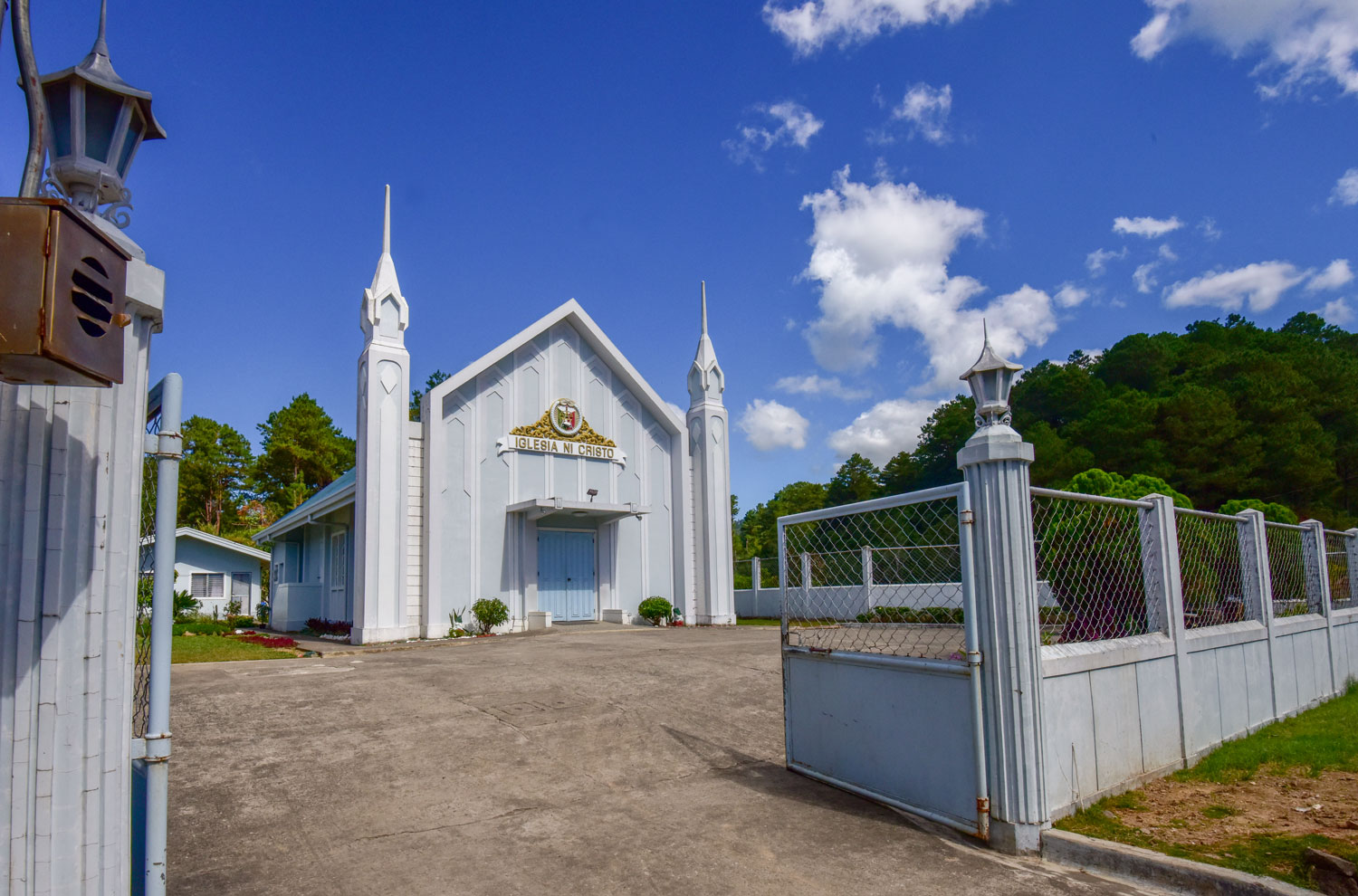
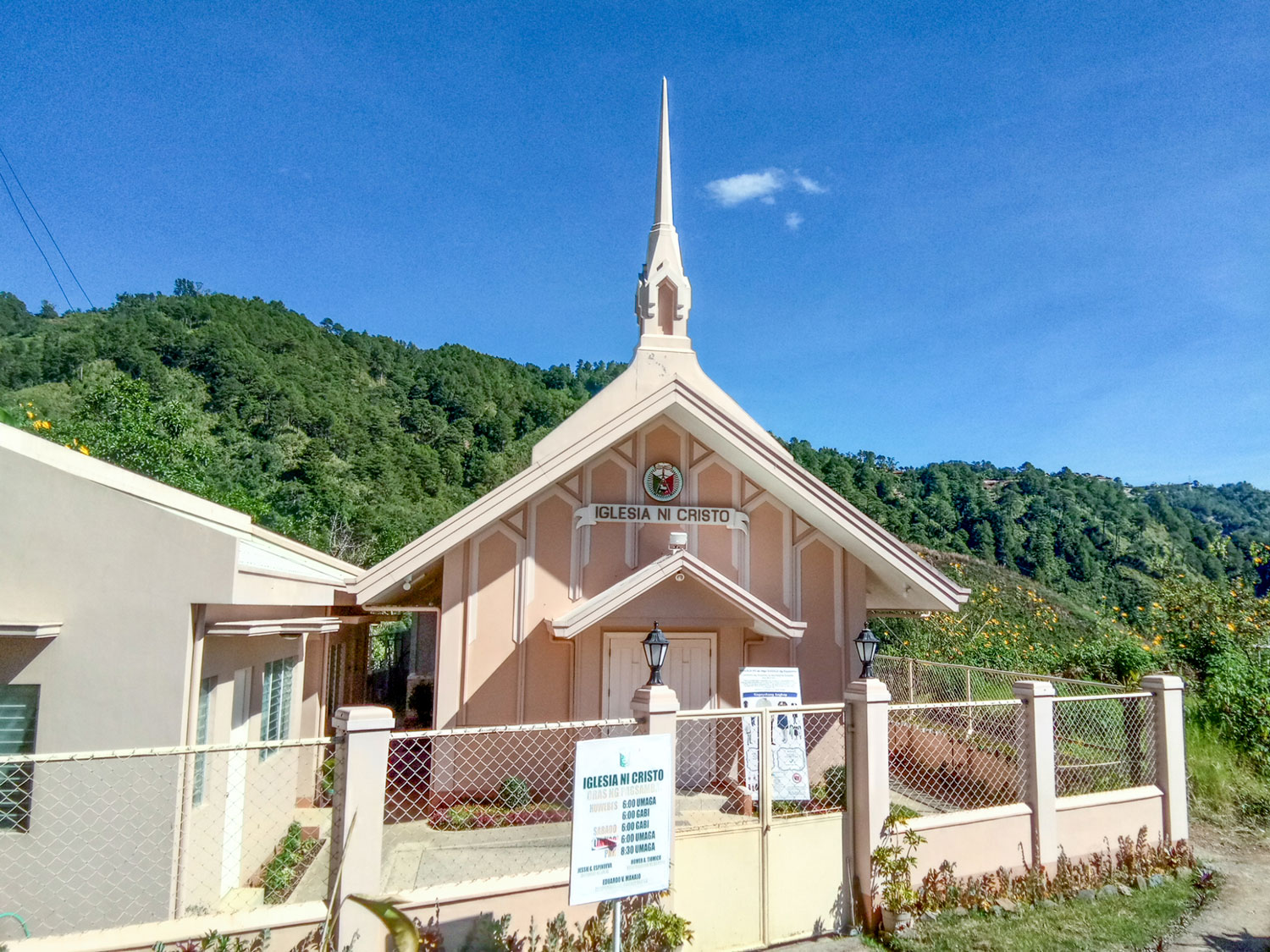
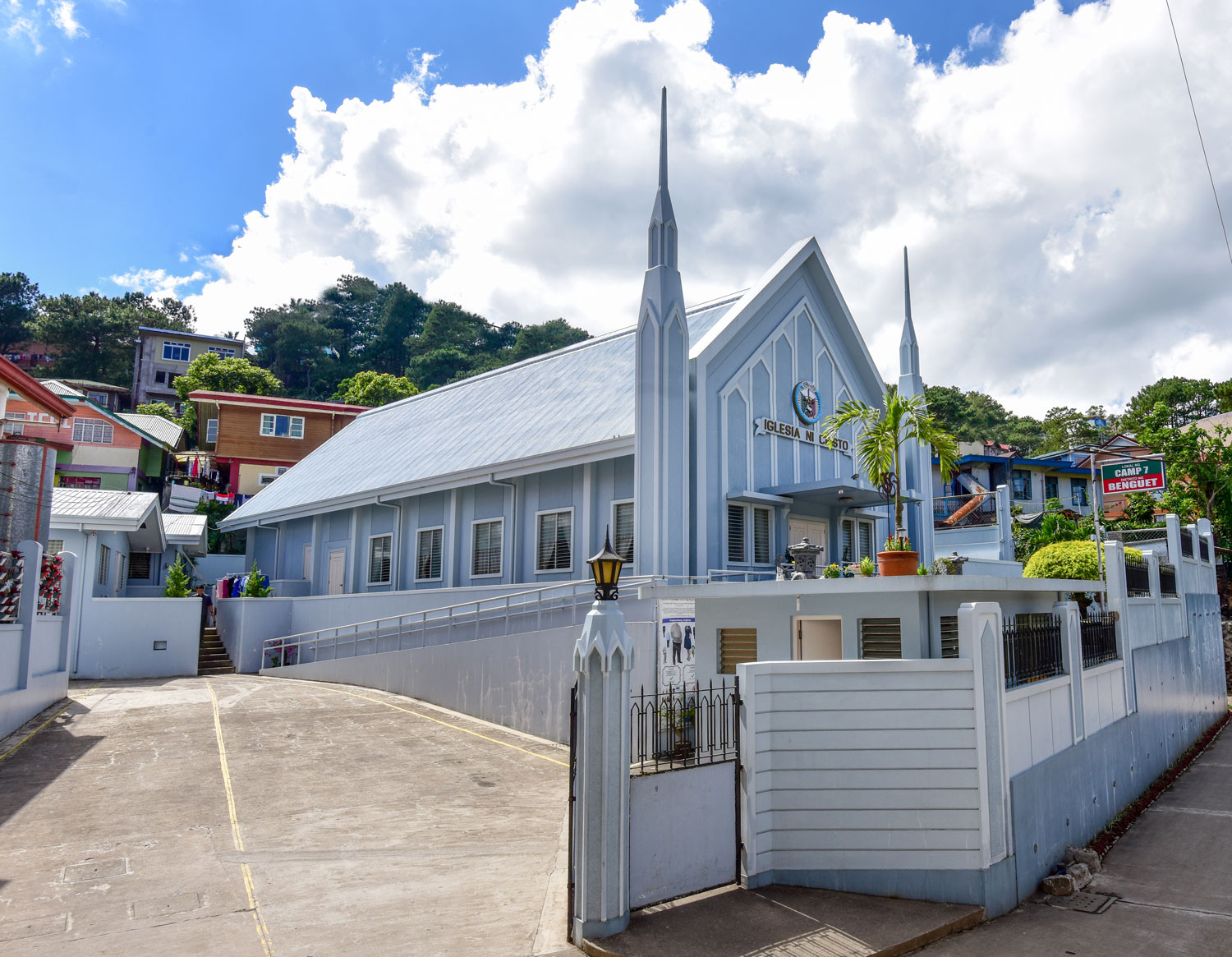

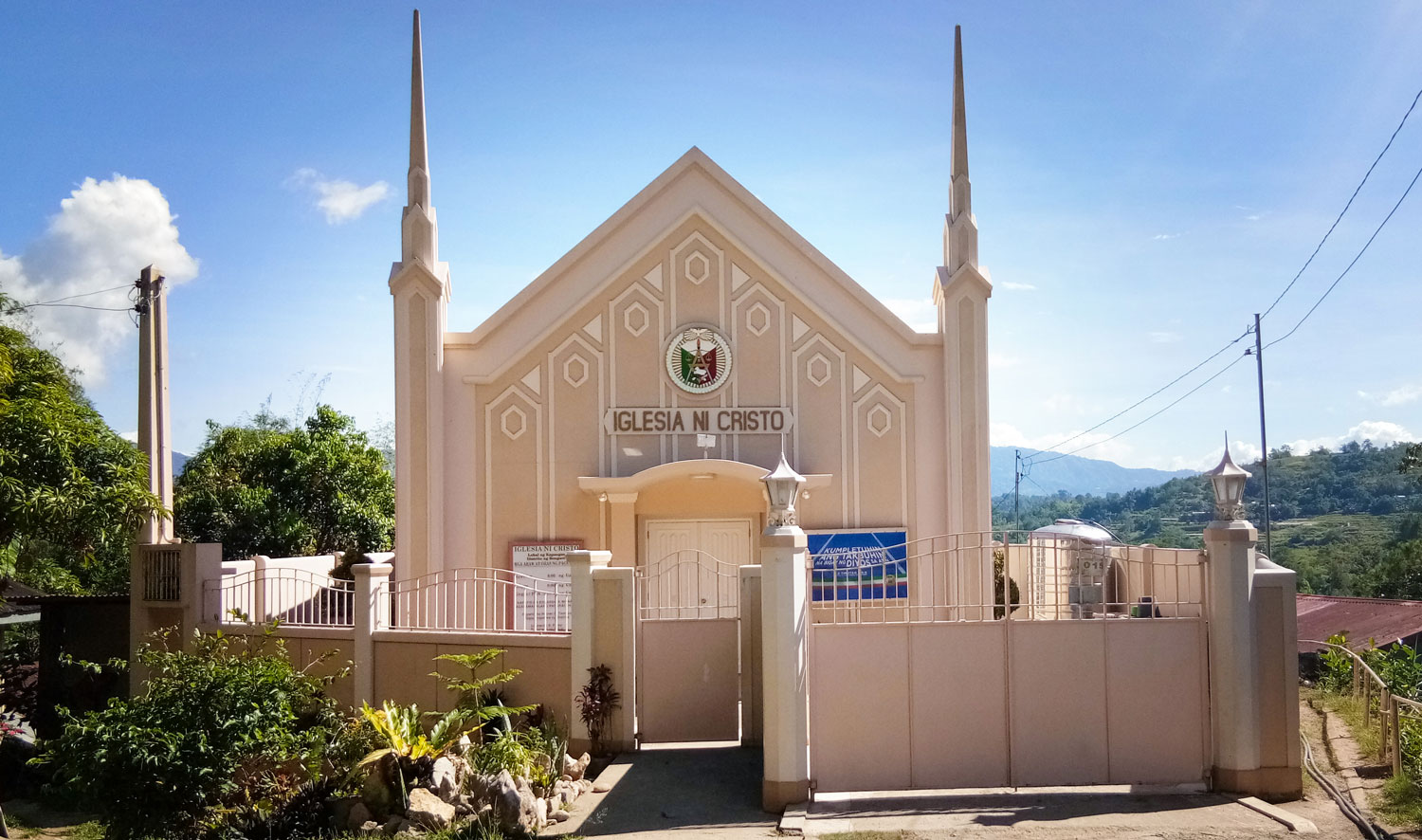
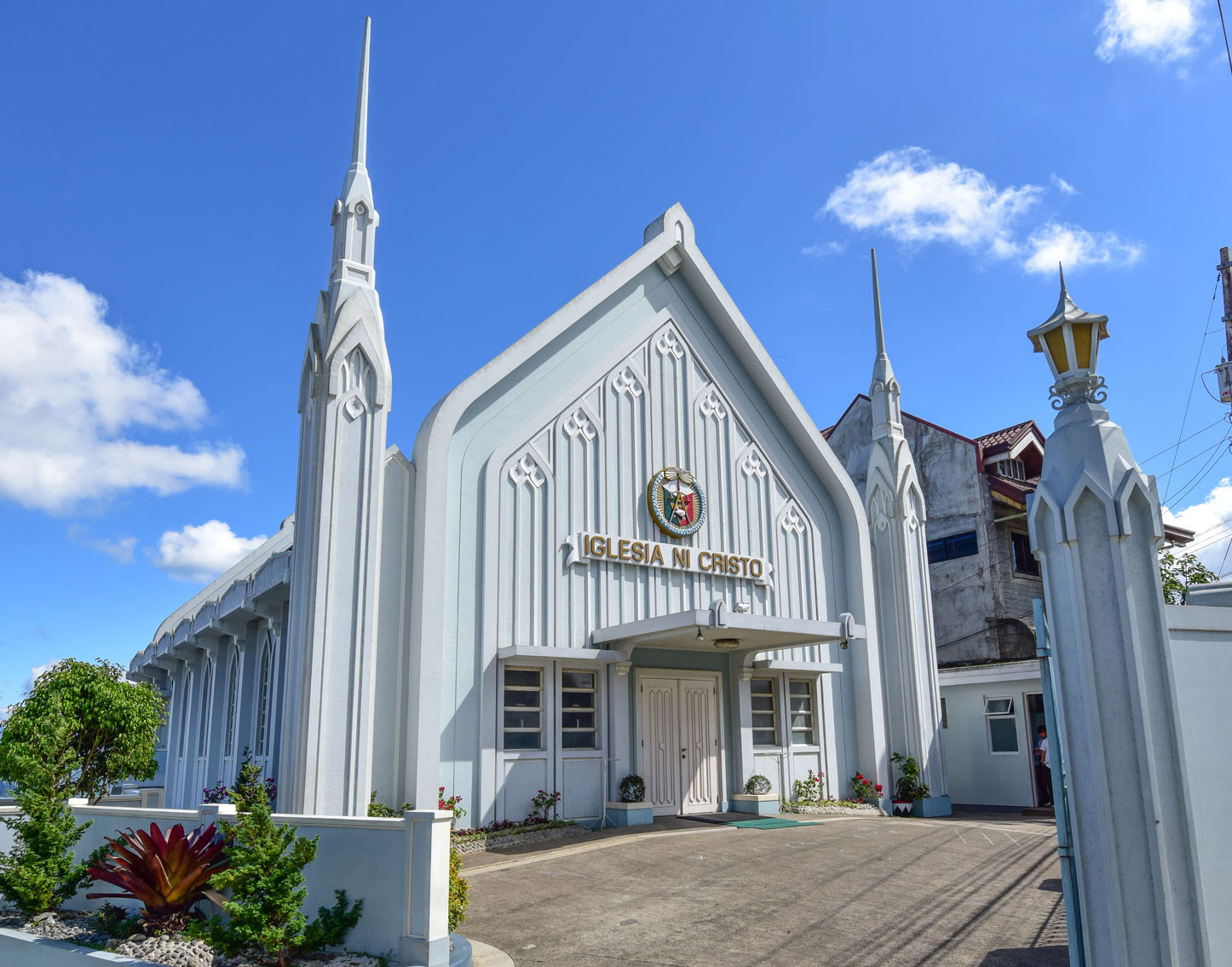
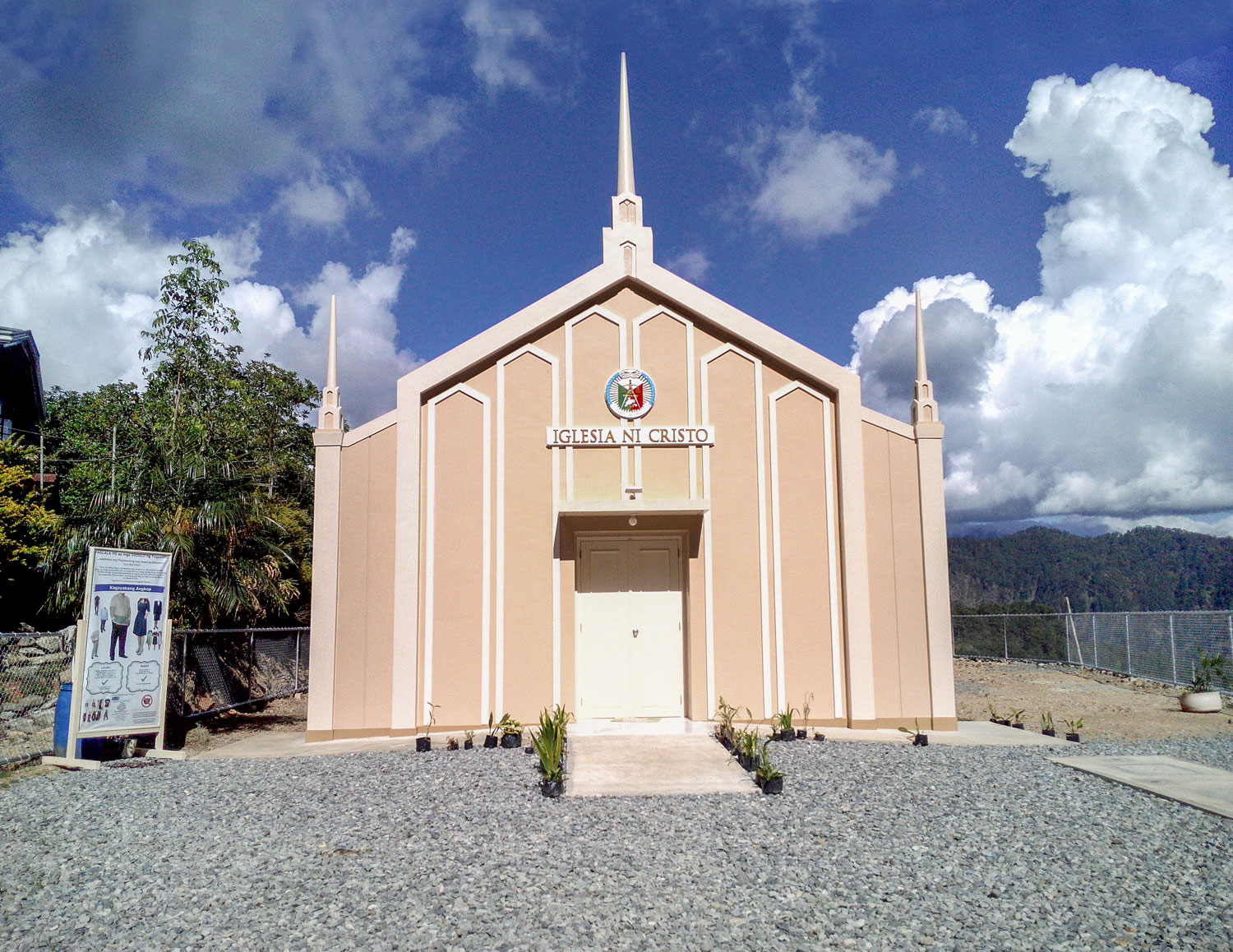
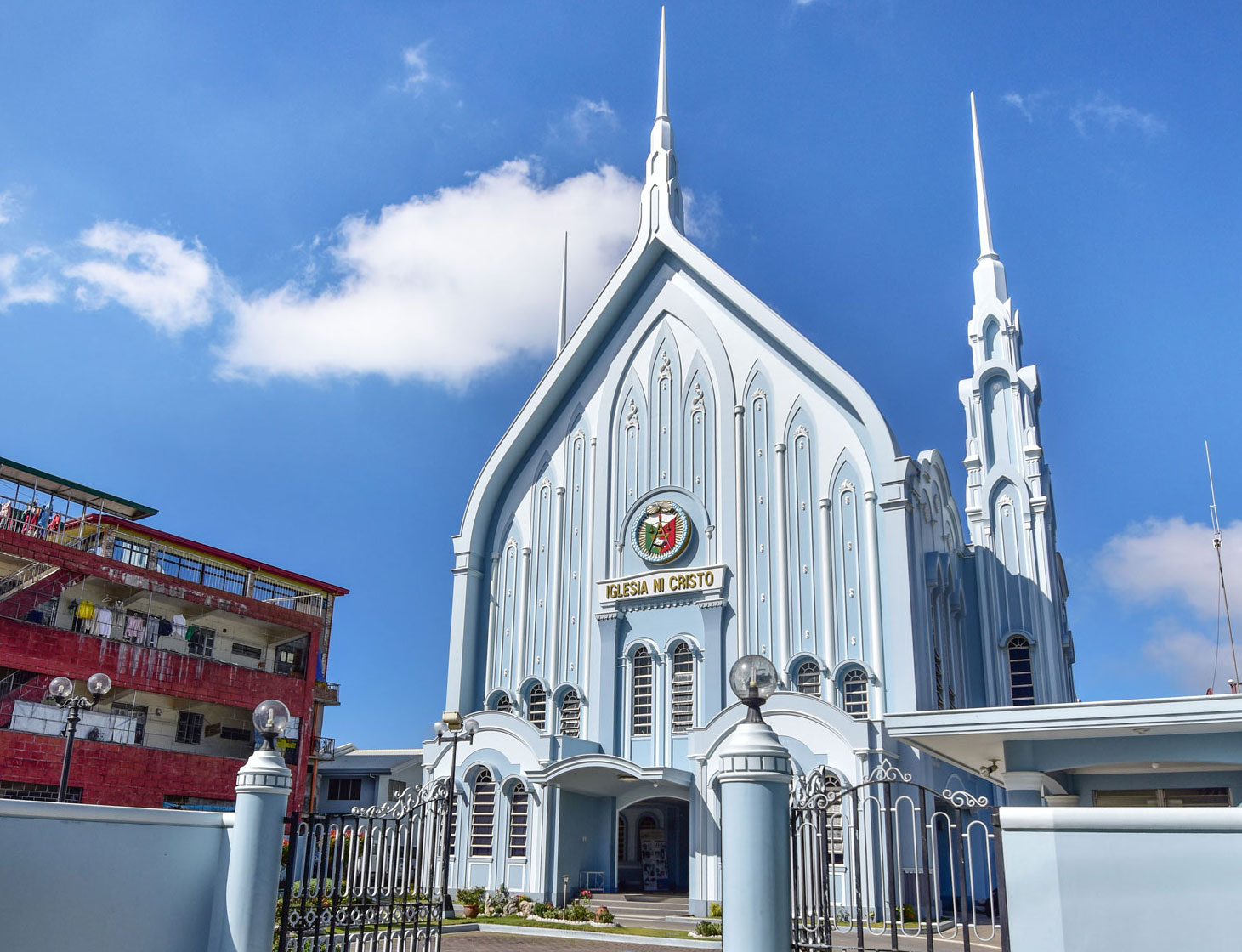
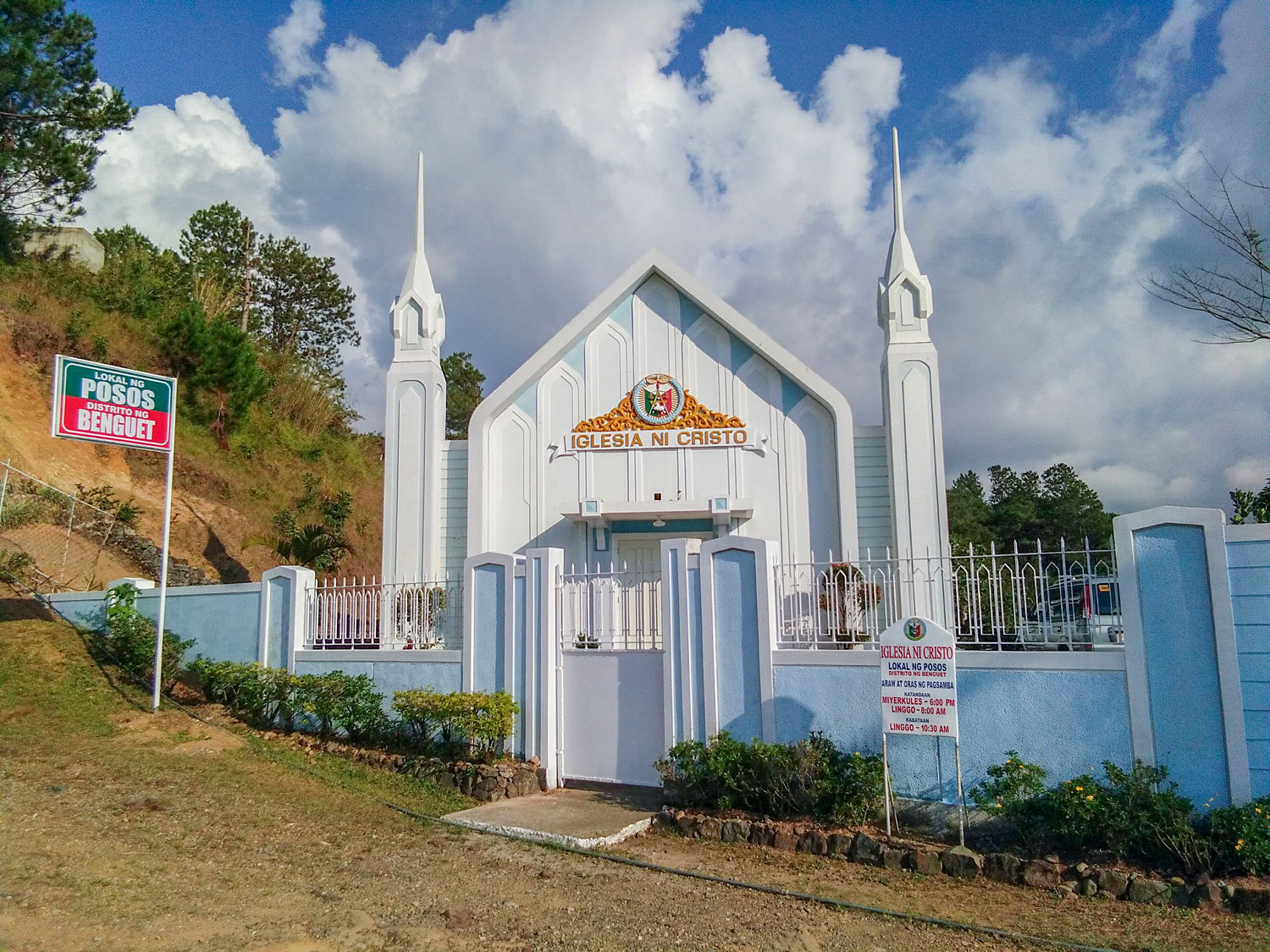

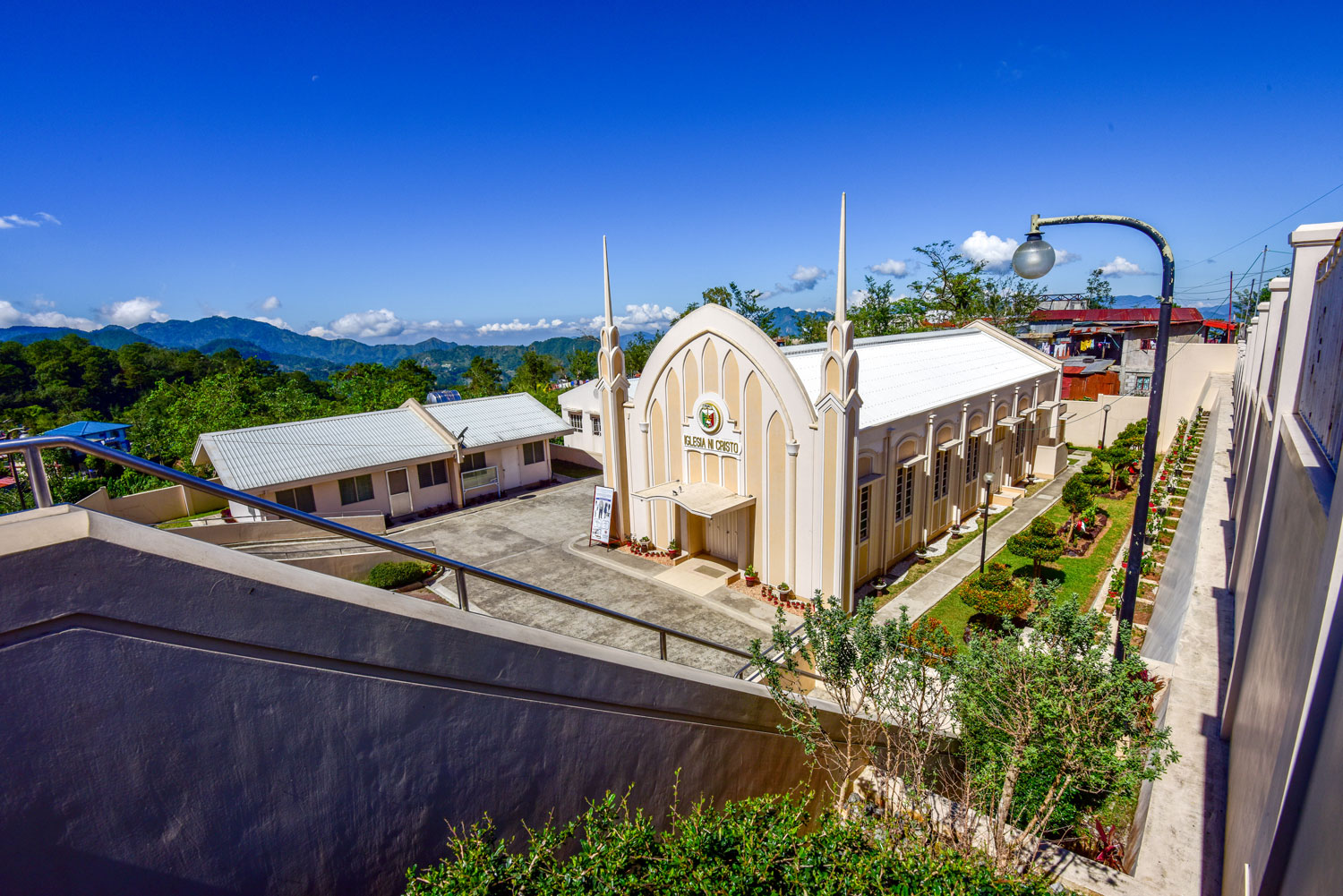
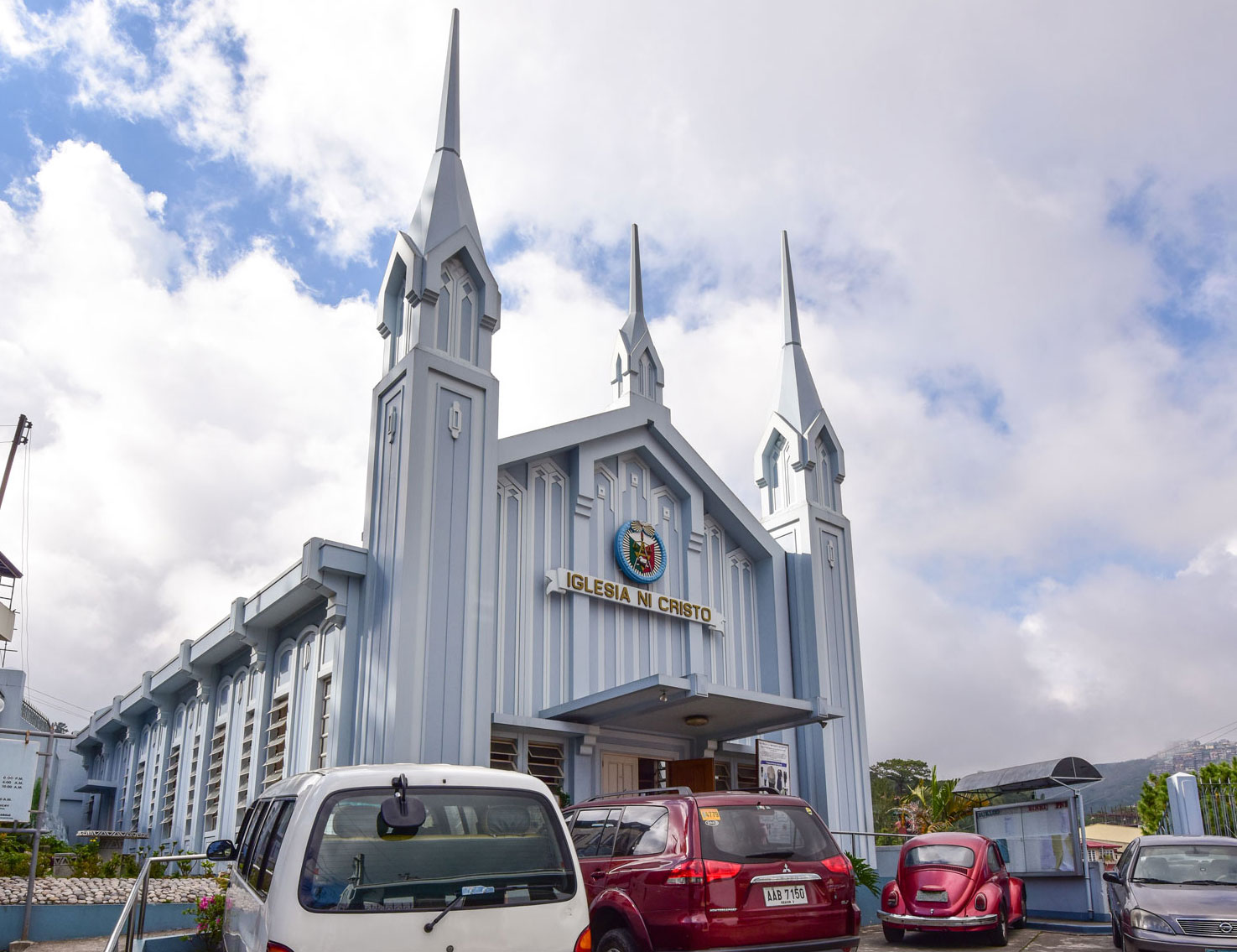
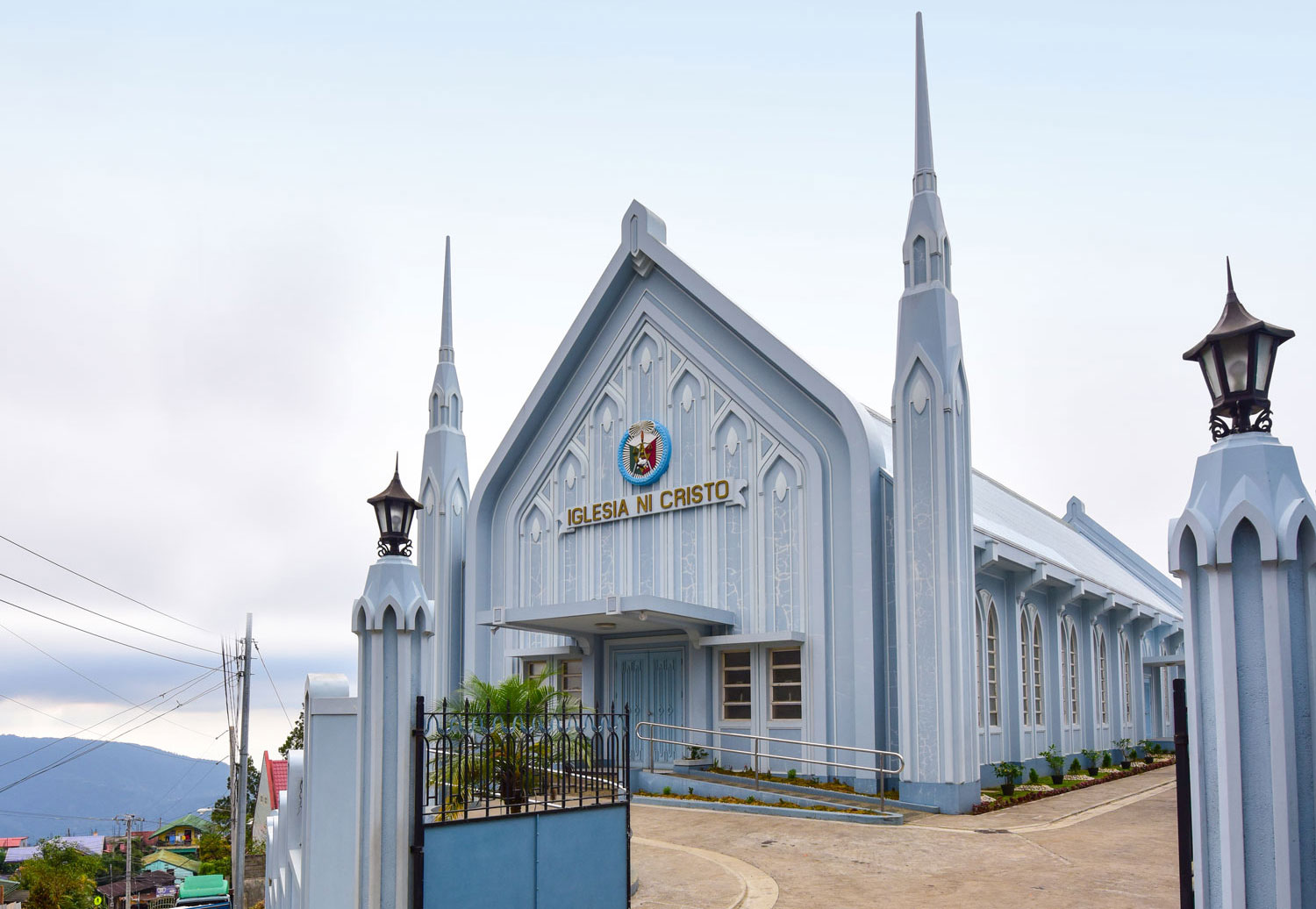
The NAME “BENGUET” originated from the word benget (a heavy head covering to protect the natives from the searing cold and winds), which was mispronounced by the colonizers and became known as “benguet.” The province is also known as the “Salad Bowl of the Philippines” due to its abundant upland vegetable plantations. One of the provinces in the Cordillera Administrative Region (CAR) in Northern Luzon, Philippines, Benguet is blessed with natural resources like gold, copper, pyrite, and limestone, to name but a few. On the north, it is bounded by Mountain Province, and Ilocos Sur, on the south by Pangasinan, on the east by Ifugao and Nueva Vizcaya, and on the west by La Union. Benguet has three major ethnolinguistic groups namely the Kankanaey, Ibaloi, and Kalanguya, and other minor groups with distinct cultures and histories.
In the early 1940s, a number of brethren from Pangasinan went to Benguet to work at Atok Gold Mining Company, Inc. and at Big Wedge Mining Company, Inc., both situated in Barangay Gumatdang, Itogon. They wrote to Brother Felix Y. Manalo requesting for a minister to be sent to their place to oversee their spiritual life. Brother Rodolfo R. Ursua was the one sent to tend to their spiritual needs.
The first worship service was held in November 1941 and the Local Congregation of Atok Gold was then established. It was under the supervision of the Ecclesiastical District of Pangasinan with Brother Cipriano P. Sandoval as the district supervising minister.
In the 1950s, Brother Santiago T. Gloria, a ministerial worker, was also assigned to the province to help in overseeing the growing membership of the Church there. Evangelical missions, then called Pulong-Propaganda, were regularly held in the province. An unforgettable one was held in Burnham Park Grandstand in Baguio City in 1954, which was conducted by Brother Felix Y. Manalo together with Brothers Teofilo C. Ramos Sr. and Cipriano Sandoval. This religious rally alone prompted the establishment of the Balatoc Congregation in 1955, the Acop Congregation (now Tublay) in 1956, and the Tuding Extension in Baguio City also in 1956.
To supervise more closely the spiritual needs of the brethren, in November 1956, the Church Administration approved that the local congregations of Baguio, Gallano (that eventually became two Local Congregations, Penged and Basca), Balatoc, and Acop, which was then under the supervision of the Ecclesiastical District of Pangasinan, be grouped to form the Ecclesiastical District of Lalawigang Bulubundukin (Mountain Province). Brother Ramon P. Adalla Sr. was assigned as its first district supervising minister.
Despite obstacles and hindrances, the growth of the district was unstoppable. Due to the persistence of the brethren in spreading the gospel, many congregations were established. Brother Eraño G. Manalo, the Executive Minister then, saw the need for the ecclesiastical district to be reorganized. Thus, in 1985, from Lalawigang Bulubundukin, the local congregations of Bontoc, Lubon, Masla, Otucan, Balaoa Extension, Tadian, Lengaoan, Lepanto, and Abatan were grouped to form the Ecclesiastical District of Mountain Province. Lalawigang Bulubundukin was renamed Ecclesiastical District of Benguet. The district supervising minister then was Brother Artemio S. Pilon Sr. The district’s office has been in Baguio City.
The beauty of the province’s mountainous topography also has its downside—its vulnerability to natural disasters. During the rainy season, especially whenever Northern Luzon is hit by typhoons, landslides can bring about damages such as to both lives and properties and also in roadblocks that make transportation to and from the province even harder. The worst disaster that hit the province, especially its most highly urbanized area and leading center of tourism, education, business, and trade—Baguio City—was the magnitude 7.7 earthquake that struck on July 16, 1990.
The 45-second ground shake left the city with hundreds dead and thousands injured and trapped in the rubbles. The quake changed the lives of the people there. But it is worth mentioning that no Iglesia Ni Cristo house of worship was damaged and the brethren in Benguet did not waver in any way in their spiritual strength, nor did they stop their services to God. Their experiences made them all the more embrace their faith, for they knew that God is ready to extend His unfailing love. The Church in Benguet all the more continued to expand. In that year, two local congregations were established: San Carlos Heights and Guisad.
The brethren in the district continue to unite with the current Executive Minister, Brother Eduardo V. Manalo, by actively participating in the projects that he spearheads, be it in the field of propagation or in edification. Though there are hardships along their way, the brethren are always willing to take part gladly in the activities launched by the Church Administration. Amid the cold weather that prevails in the province is their fiery enthusiasm to keep aflame the fire of the Holy Spirit working in them.